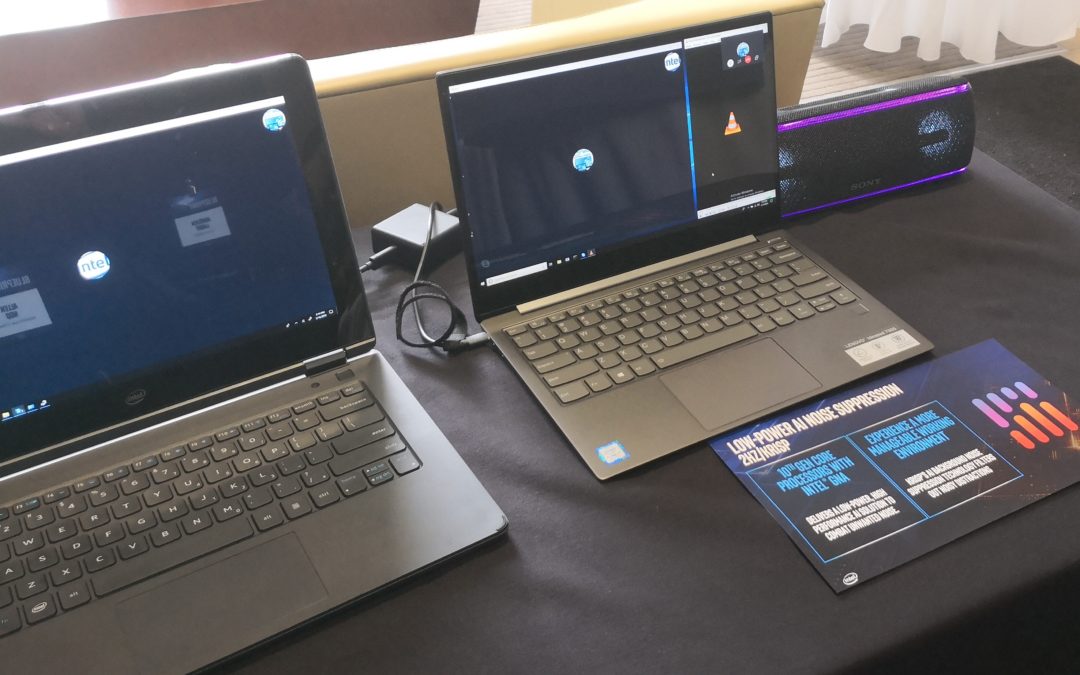Intel has detailed a host of new features coming to the Ice Lake platform for Computex 2019 including AI acceleration and (finally) Thunderbolt 3 integration. A potentially overlooked feature, however, is that the new mobile Core ix processors with integrated Iris will not only be roughly offer 1.8x faster FPS than before, but they would also support displays with adaptive sync to eliminate screen tearing.
Intel demonstrated the technology on an unbranded Ice Lake laptop connected to an external FreeSync monitor. While the demo went without a hitch, it bears the obvious question: Why not just have a laptop with integrated FreeSync so you can take advantage of Intel’s new adaptive sync feature without requiring an external monitor?
Director of marketing at Intel John Webb apparently agrees and, according to him, we can expect the first laptops with non-Nvidia adaptive sync displays to come to market by next year or even this Holiday at the earliest. As for any exact models, however, we’ll just have to wait for the laptop OEMs themselves to make the announcement.
The only laptops with integrated adaptive sync displays in the market today have been high-end gaming laptops equipped with Nvidia GPUs. Now that Intel is pushing gaming again with the upcoming Iris SKUs, it makes sense that future mid-range and high-end Ultrabooks would also eventually adopt adaptive sync displays to better exploit the improved gaming prowess of Ice Lake.
